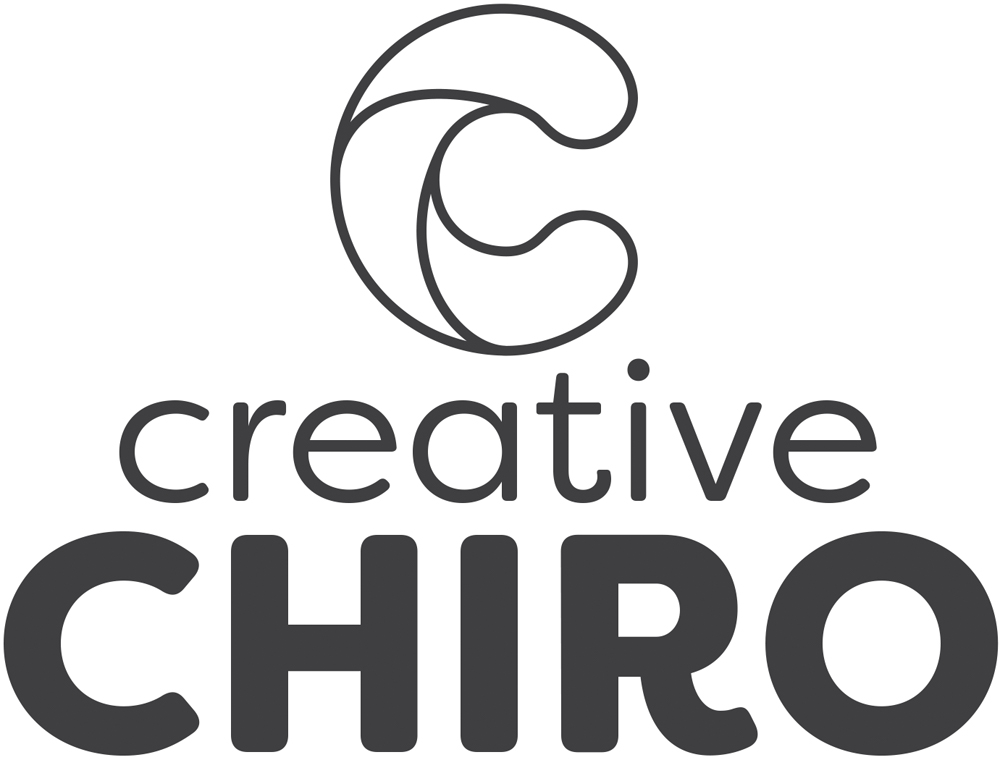Are You 'On The Huh'?
Low back pain is one of the most common problems I am presented with at the Practice. While the causes and effects may be many and varied, you may be surprised by the most common one of all…
When people present to the Practice with low back pain (LBP), one of their legs almost always appears to be shorter when compared to the opposite leg. This can be due to one of two things.
Functional Short Leg
In these cases, the low back pain they are experiencing tends to be on the side of the ‘short’ leg. This is due to low back muscle tension, joint spasm and a general lack of mobility in the area which causes the pelvis, hip joint and leg to get ‘hitched-up’ giving the appearance of a short leg.
This is known as a ‘Functional Short Leg’ (FSL) because the short leg is said to be a function of the tightening in the lower spine. As the incidence of low back pain within the UK continues to rise, the frequency of patients presenting with a functional short leg has increased. However, the beauty of FSL is that it is reversible!
By removing the restriction and spasm in the area through chiropractic manipulation, the structures holding the back and pelvis relax and the leg becomes level with its neighbour. When treating this condition, it is also important to identify the root cause and address this, in order to ensure long term relief. This may involve small corrections such as adjusting sitting and/or driving positions, assessment of work environments or more fundamental changes, for instance addressing an overly sedentary lifestyle. An exercise programme may also be devised to help strengthen postural muscles and increase flexibility.
Anatomical Short Leg
The second type of leg length issue is known as an Anatomical Short Leg (ASL). This is where one leg is physically shorter than the other. The cause could be genetic (i.e. you are born with it), traumatic (i.e. a bone fracture), pathological (i.e. the presence of disease) or operative (for instance, following a hip replacement).
The picture below shows the effect of a right ASL on the skeleton; compare this to the ‘perfect’ posture on the left. The pelvis is tilted to favour the short side, in this case the right, and the spine compensates to the left to try and maintain an even posture. The result is a compensatory scoliosis (side curvature of the spine) from the pelvis to the base of the skull. The effects of this may include headaches, pain in the neck, shoulder and - most commonly - the low back.
Anatomical short leg, known as ASL
The figure on the right shows the pelvic tilt caused by the short leg and the effect this has on the spine
What can be done for an ASL?
A full body posture assessment is used to identify any leg length discrepancy. If this is indicated, the next step is to assess the degree of leg shortening, which in some cases can be physically measured. In others, it needs to be confirmed by a low back x-ray to identify compensations to the hips, pelvis and spine as well as any degenerative changes.
Although this type of short leg cannot be ‘fixed’, spinal adjustment and follow-up treatment at the Practice can be beneficial in relieving pain in the area, as well as helping to restore balance and normal spinal function. As part of this treatment, in order to prevent problems returning, a thorough gait assessment is performed, looking at the way joints and muscles function in the spine, pelvis and legs when you walk. Poor gait will certainly exacerbate any injury or trauma.
A heel lift may be used to see whether this would have a beneficial effect. This is inserted into the shoe of the shorter leg, thereby correcting the shortening effect and bringing postural alignment back to normal.
Foot assessment is also very important as collapsed arches (aka, flat feet) may give rise to issues involving the ankle, knee and hip, another cause of low back, shoulder and neck pain.
In summary, for patients with Functional Short Leg, chiropractic treatment - combined with effective aftercare - can correct the issue and prevent recurrence. For those with Anatomical Short Leg, even though the short leg itself cannot be ‘fixed’, chiropractic treatment to realign the spine and any other issues, combined with regular maintenance treatments, allows the patient to manage their condition and achieve long term relief from pain and mobility problems.
If you - or someone you know - suffers from low back pain and would like to discuss appointment options, please call us on 01328 854325 or for more information click HERE



